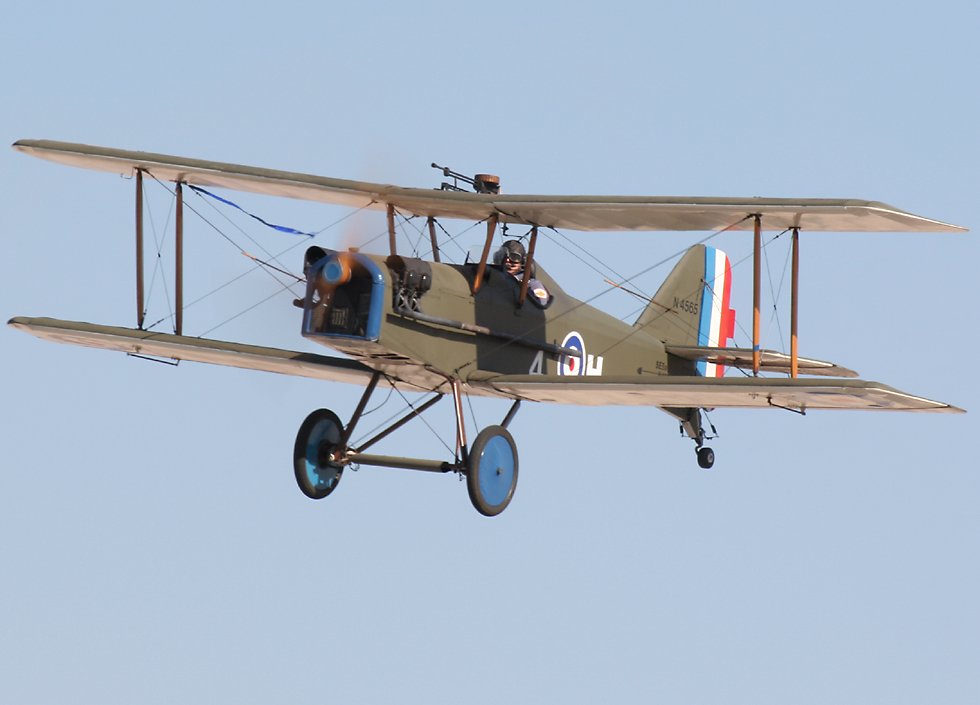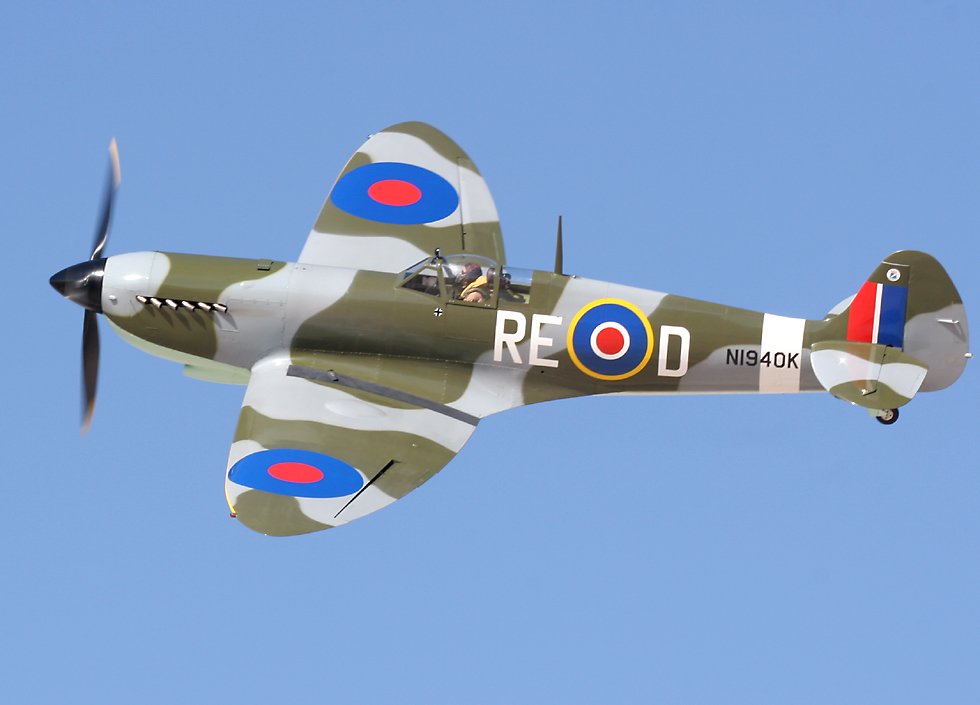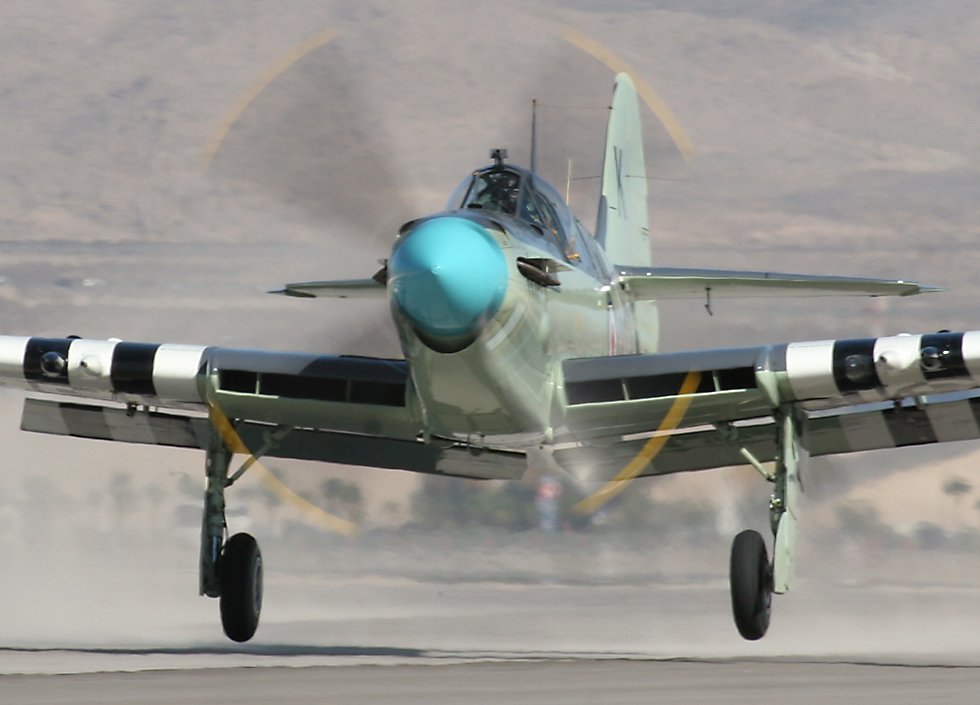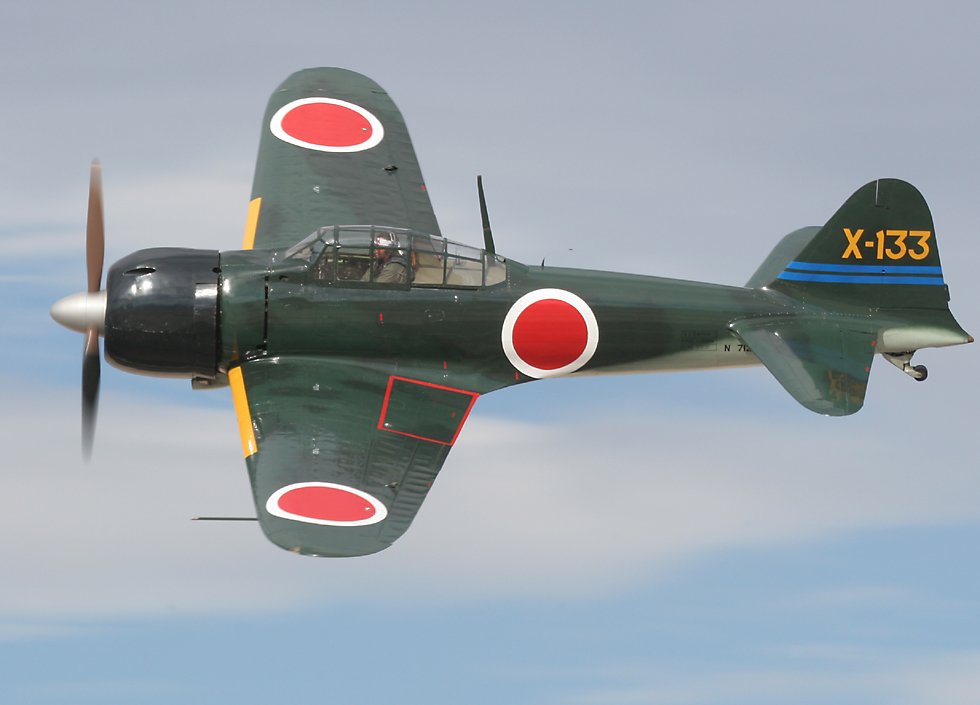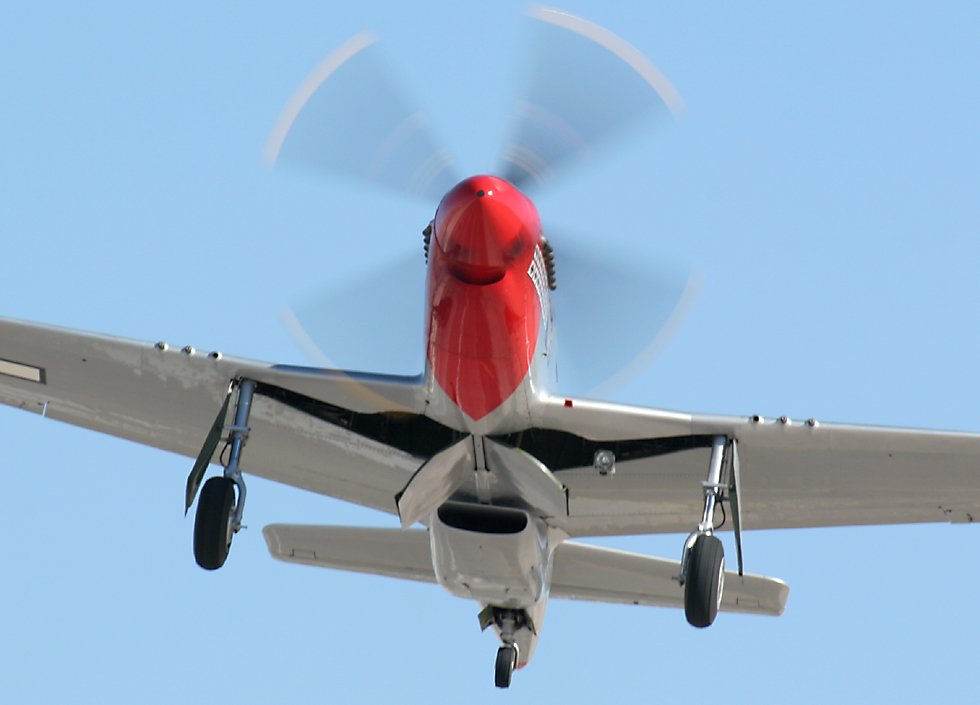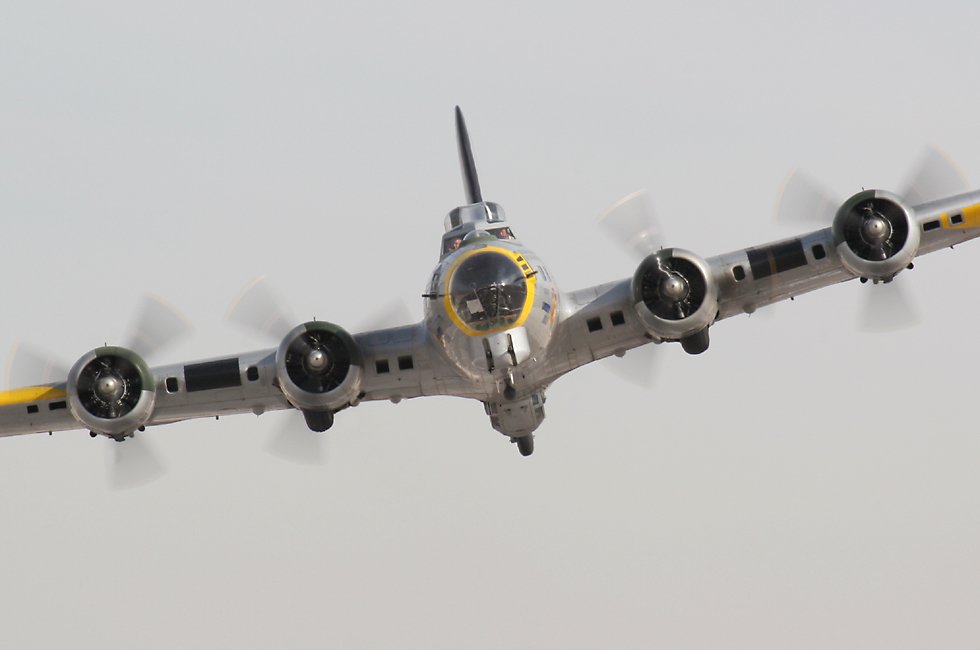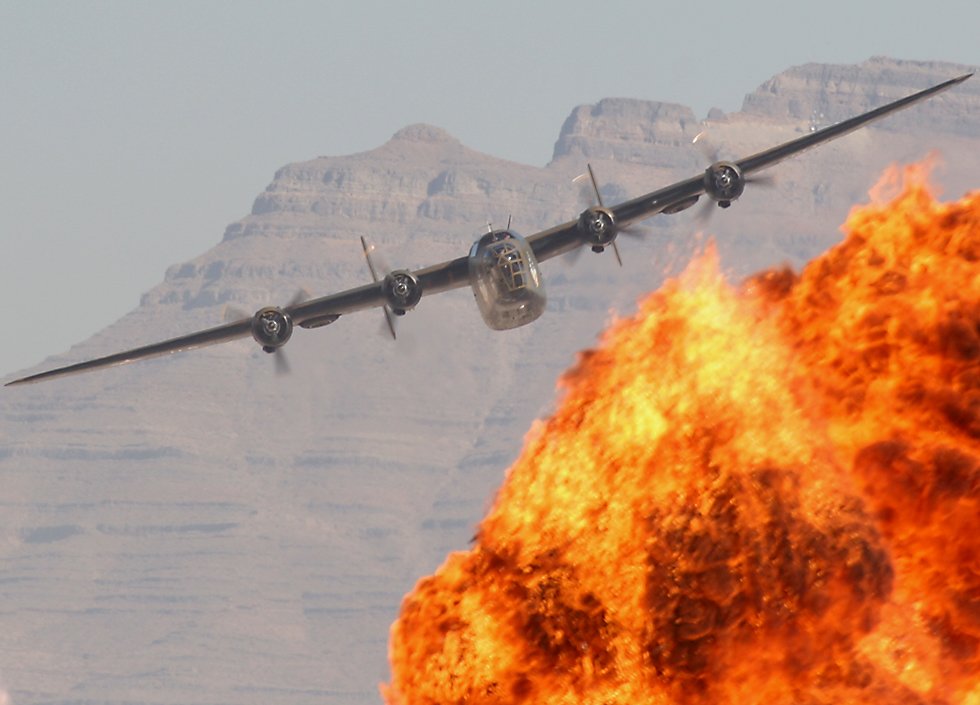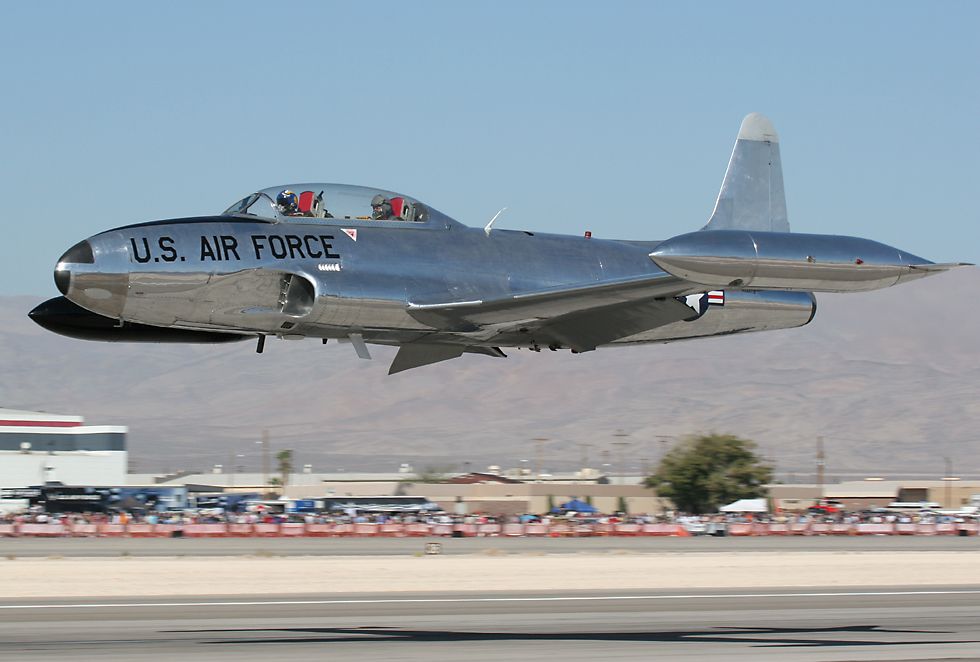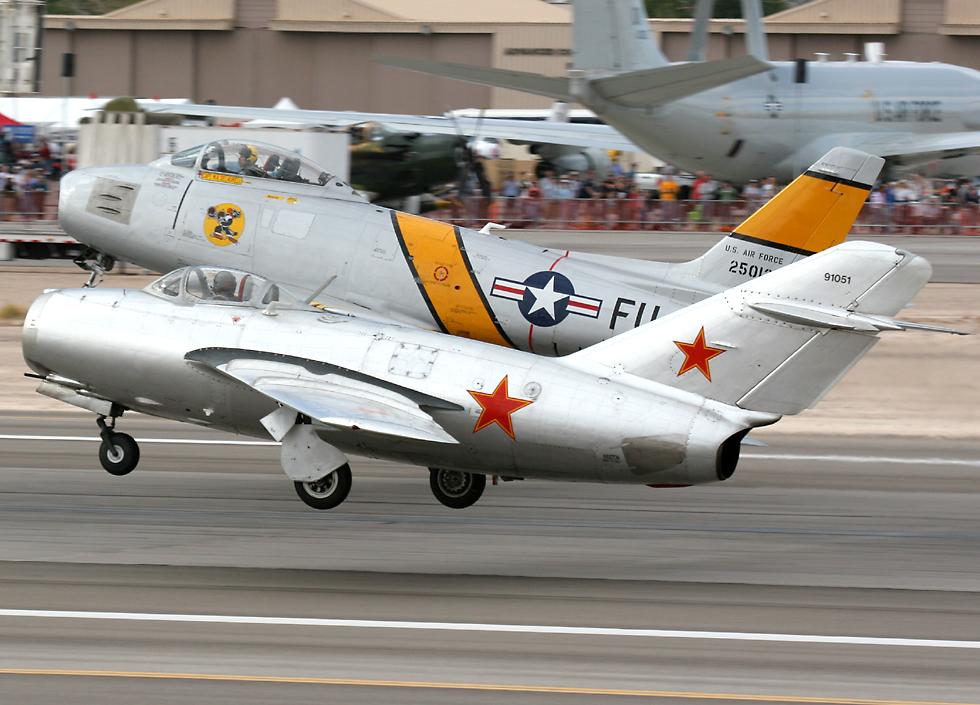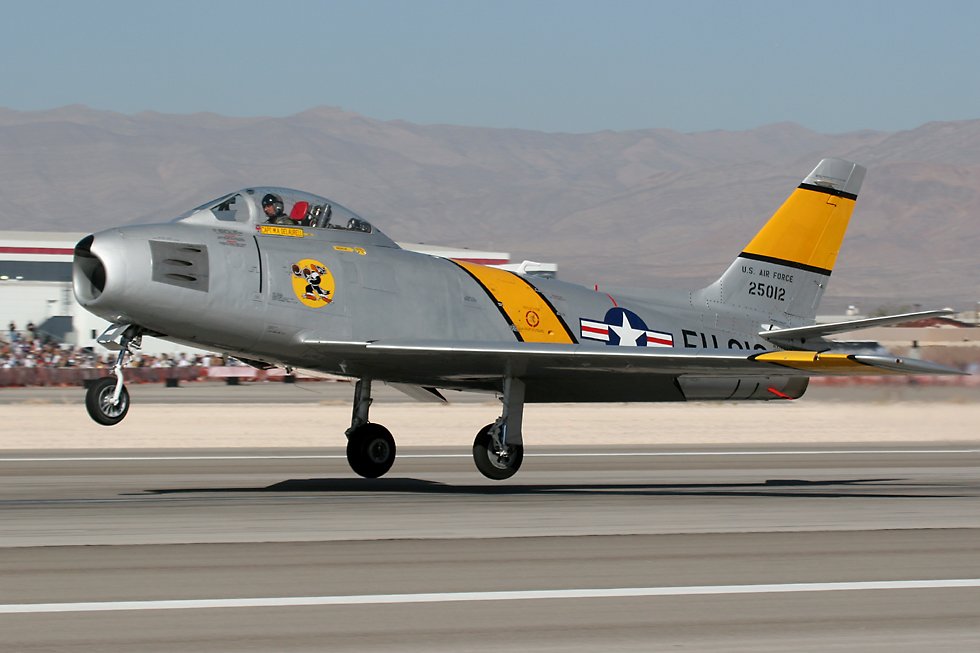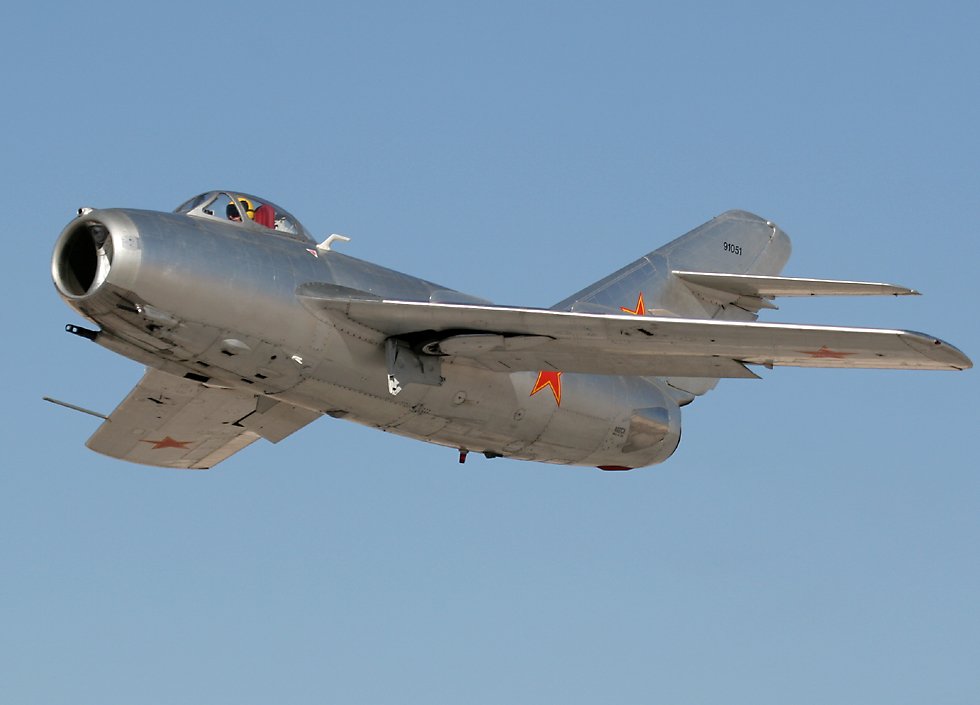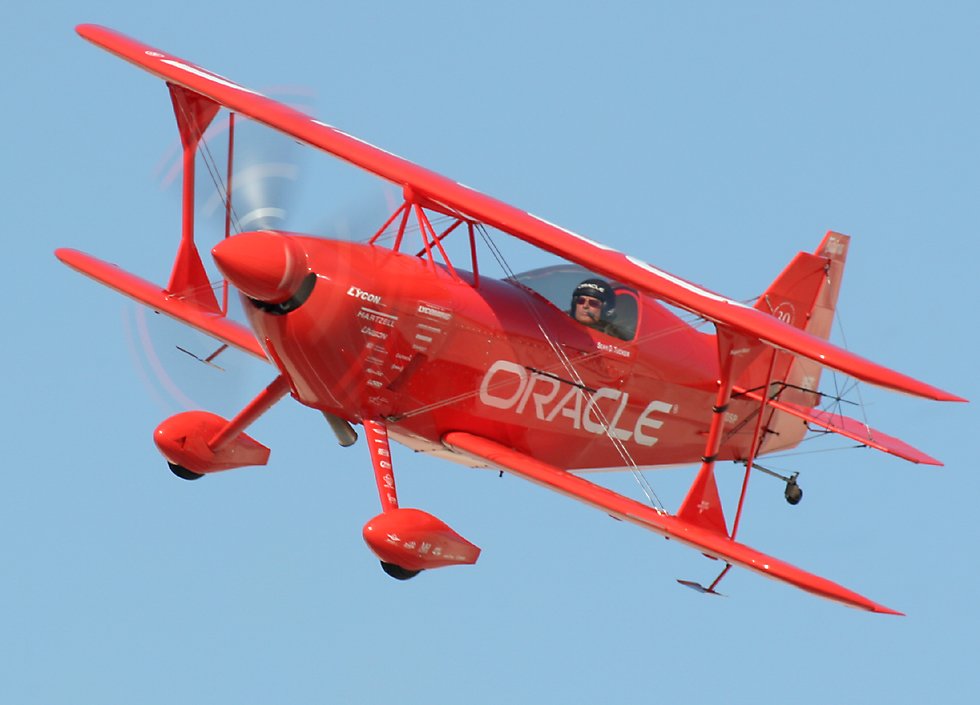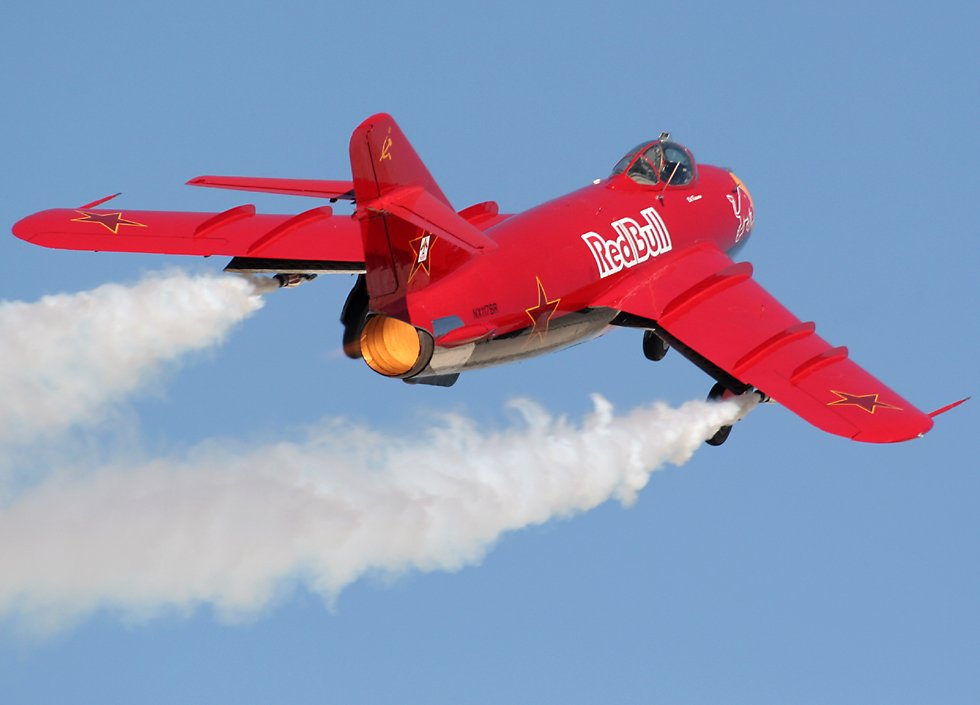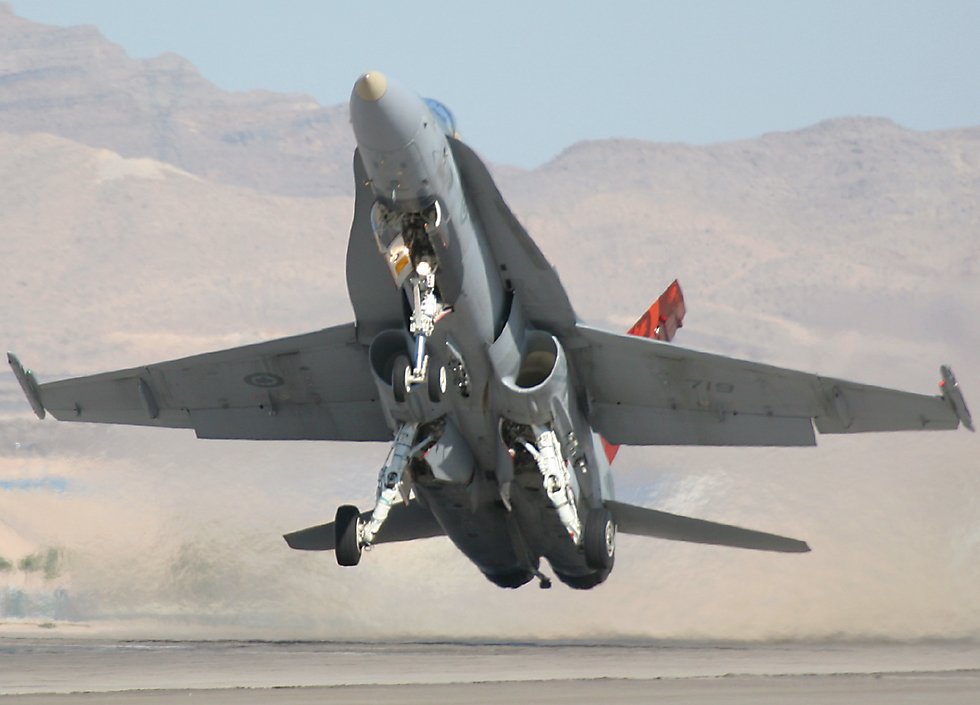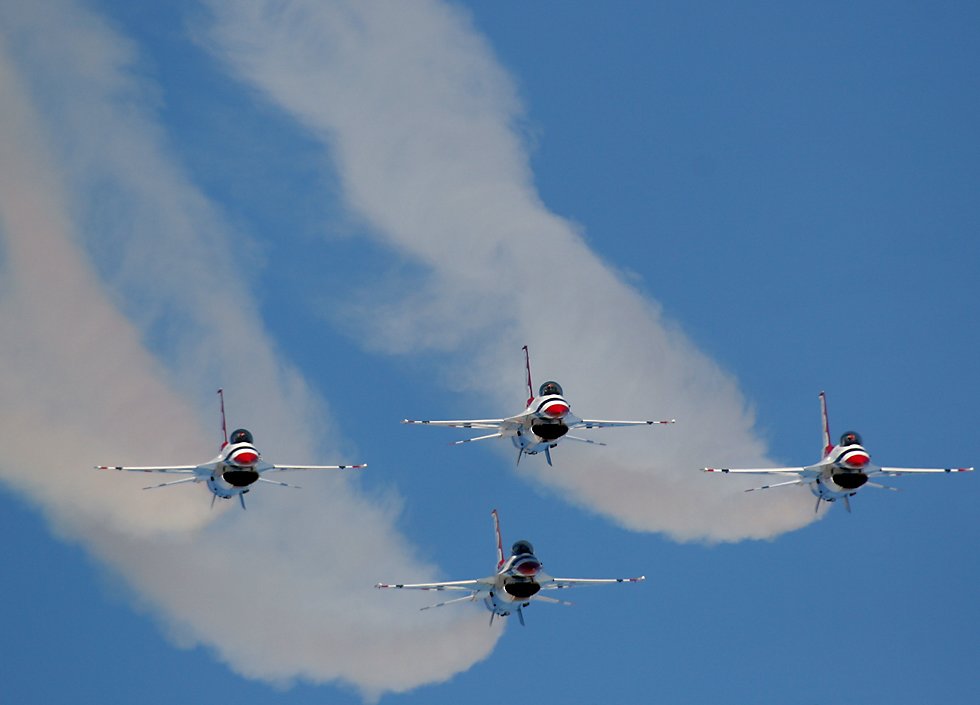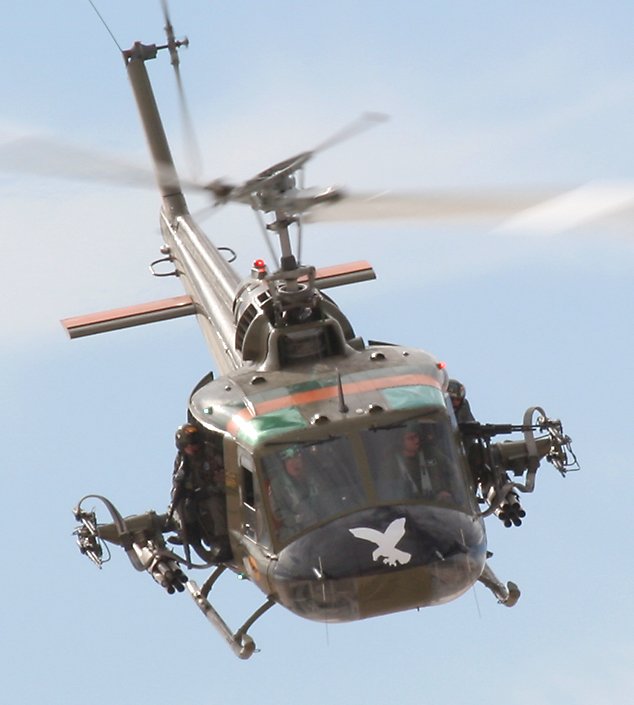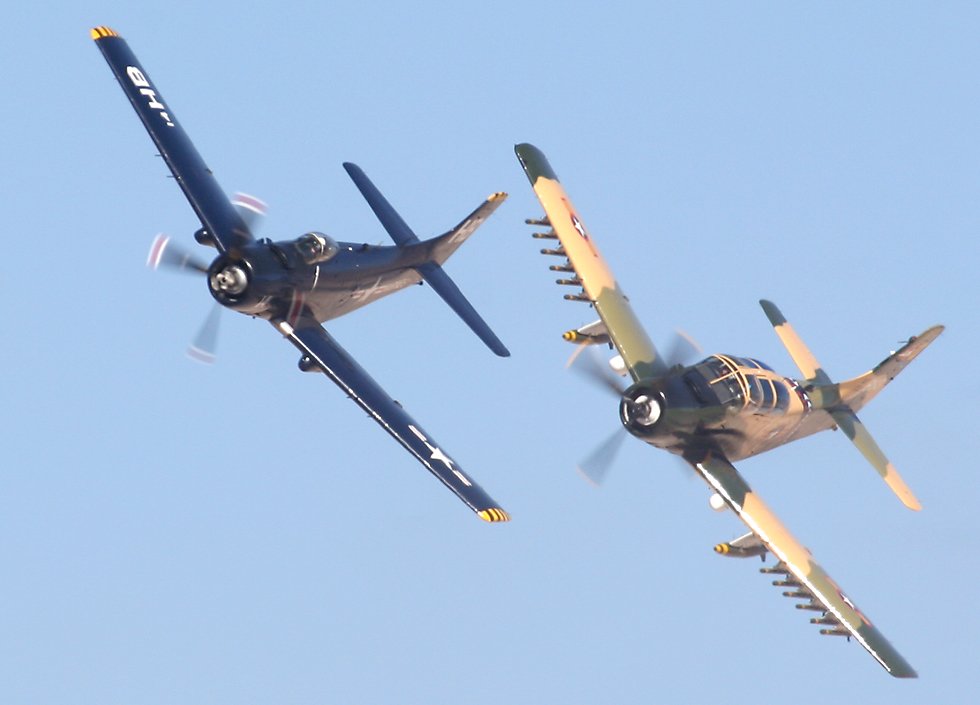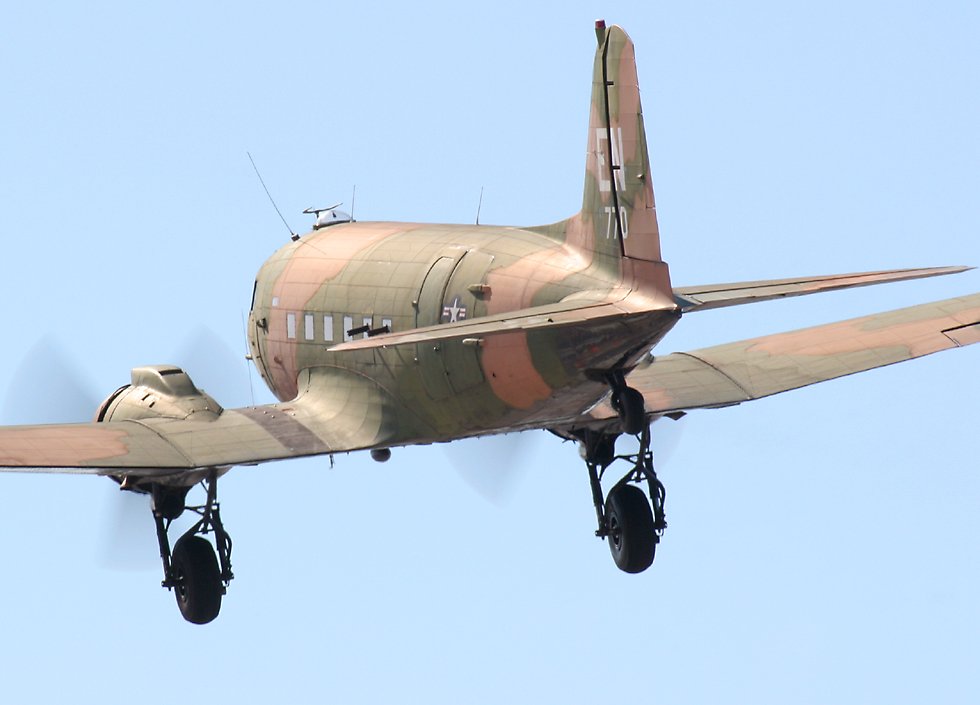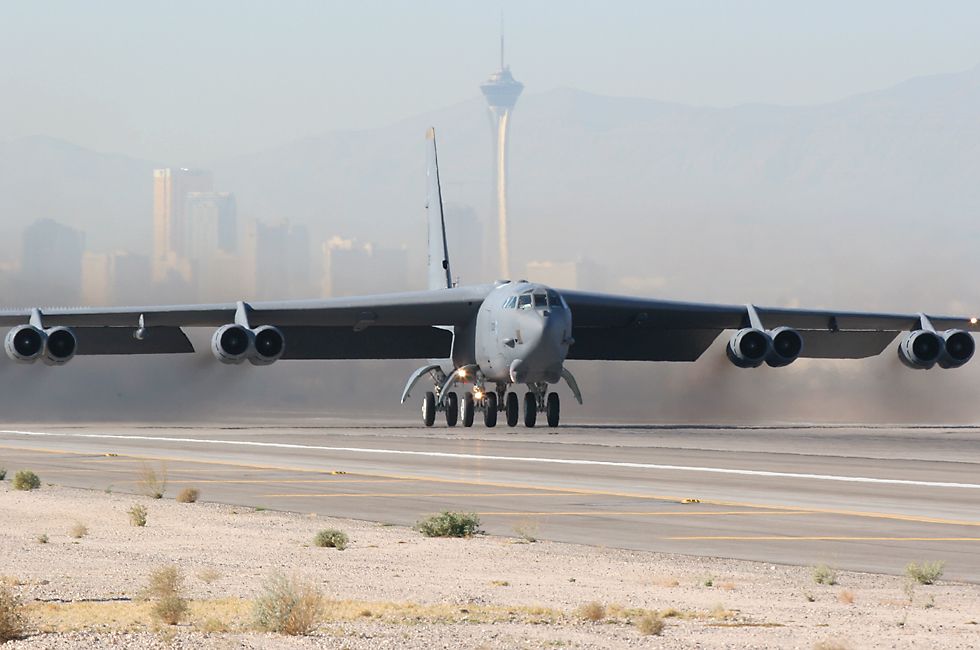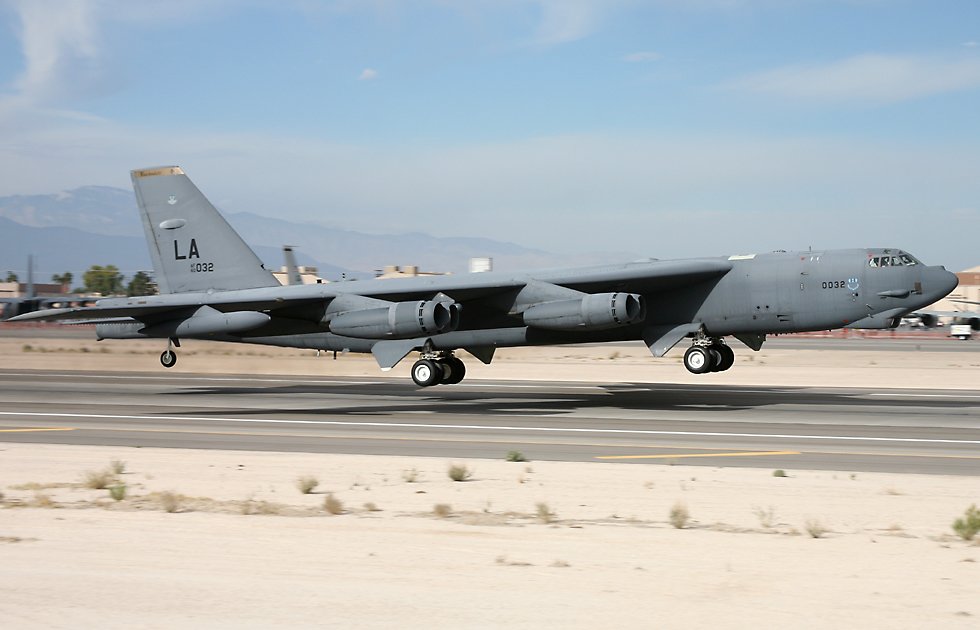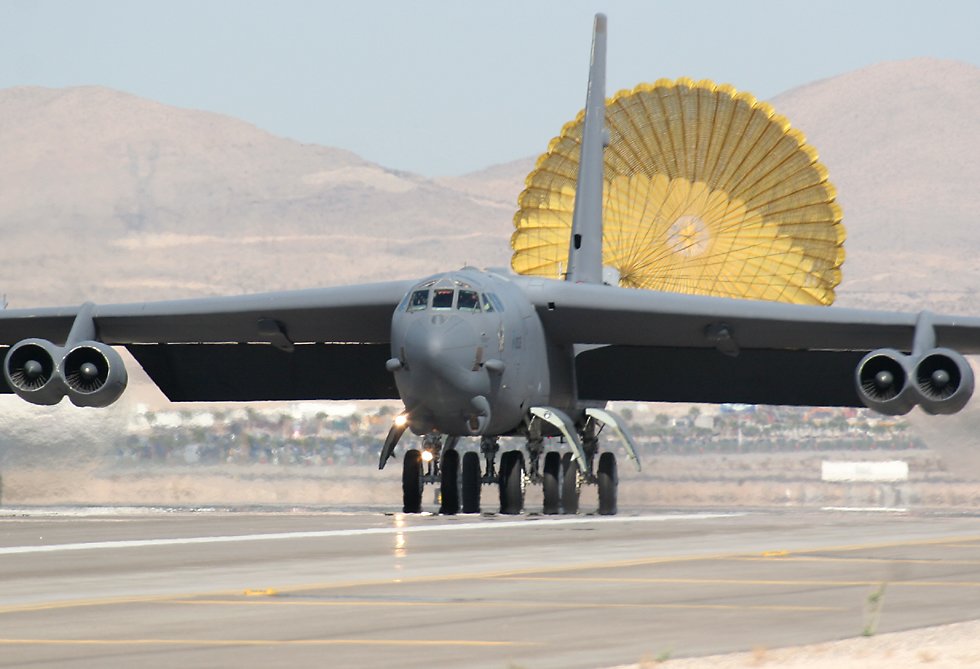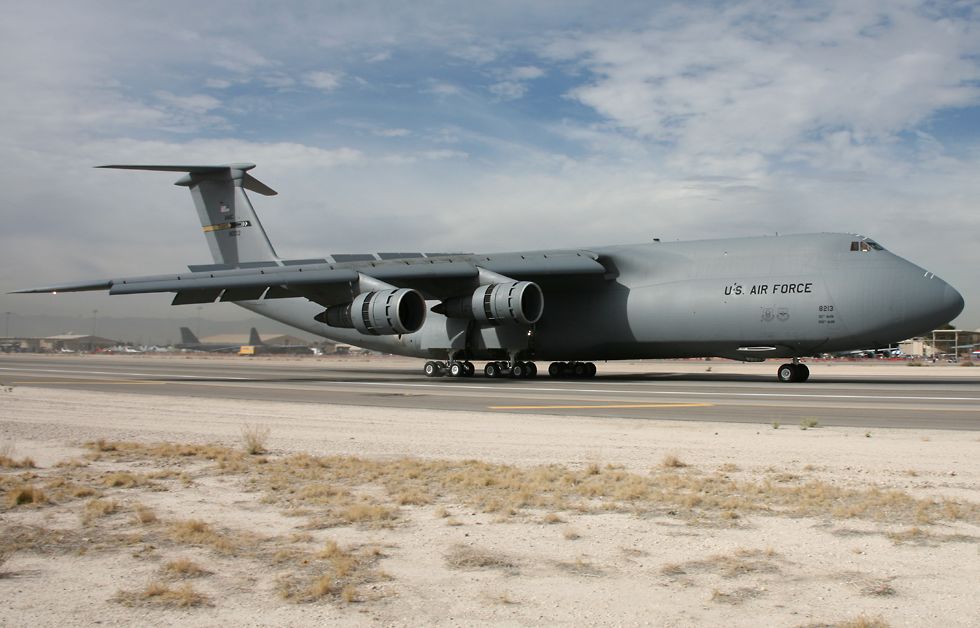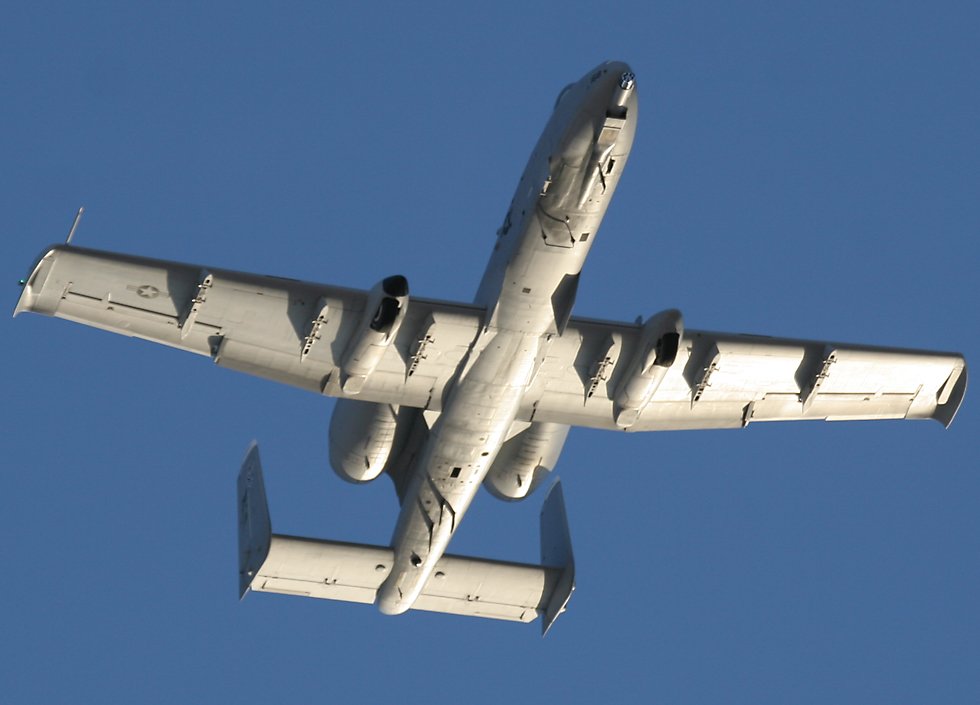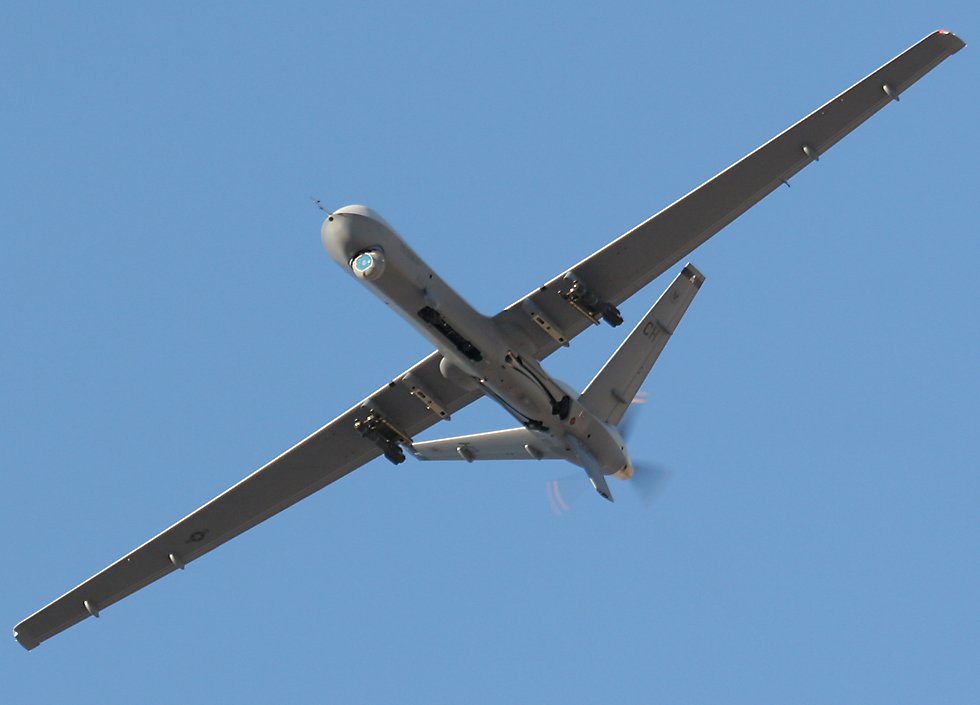Highlights of the 2007 Nellis AFB "Aviation Nation" Airshow
|
The selection of American fighters was thin, but this year's show included a good collection of American bombers, including two late model B-25J Mitchell bombers painted in similar schemes, "Heavenly Body" and "Executive Sweet", shown here taking off on Friday's media day. You can see air-to-air photos from the tail gunner's position of this aircraft during last year's airshow. |
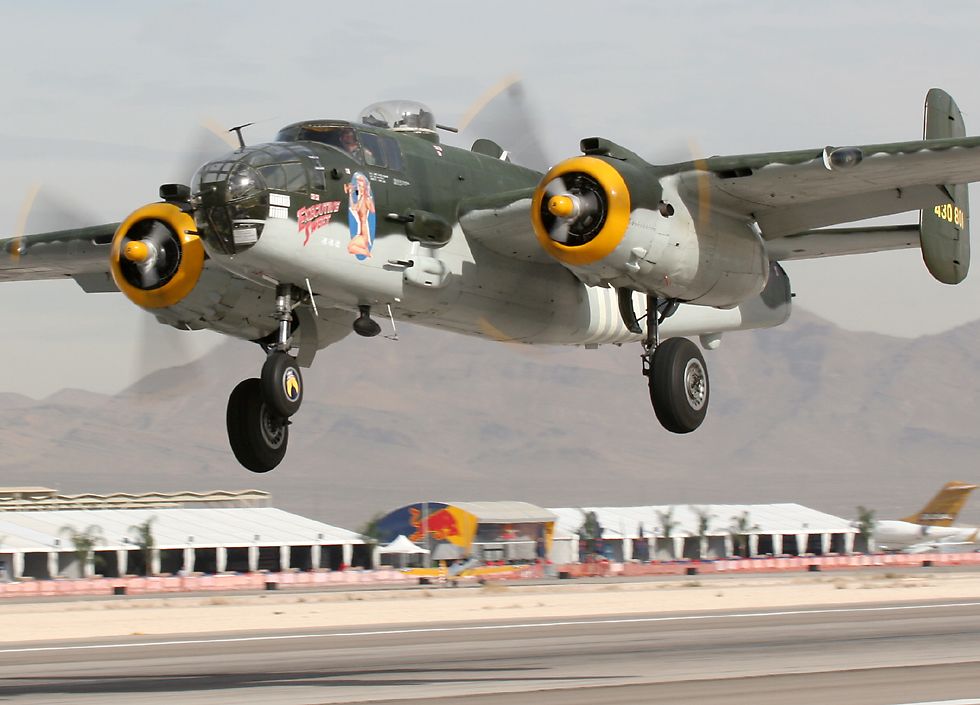 |
|
The United States has converted many different trainer aircraft into ground attack types, including the T-6 "Texan" in its LT-6 Mosquito incarnation, the T-28 Trojan and this A-37 Dragonfly, which is based on the T-37 Tweet. At the end of the war, 95 A-37s were captured and added to the communist Vietnamese air force, where they served for many years, fighting in Cambodia and against the Chinese. You can see one of these captured A-37s at the Vietnamese air force museum in Hanoi, together with other American aircraft. After retirement a few of these captured aircraft were bought by western collectors in the United States, Australia and New Zealand. |
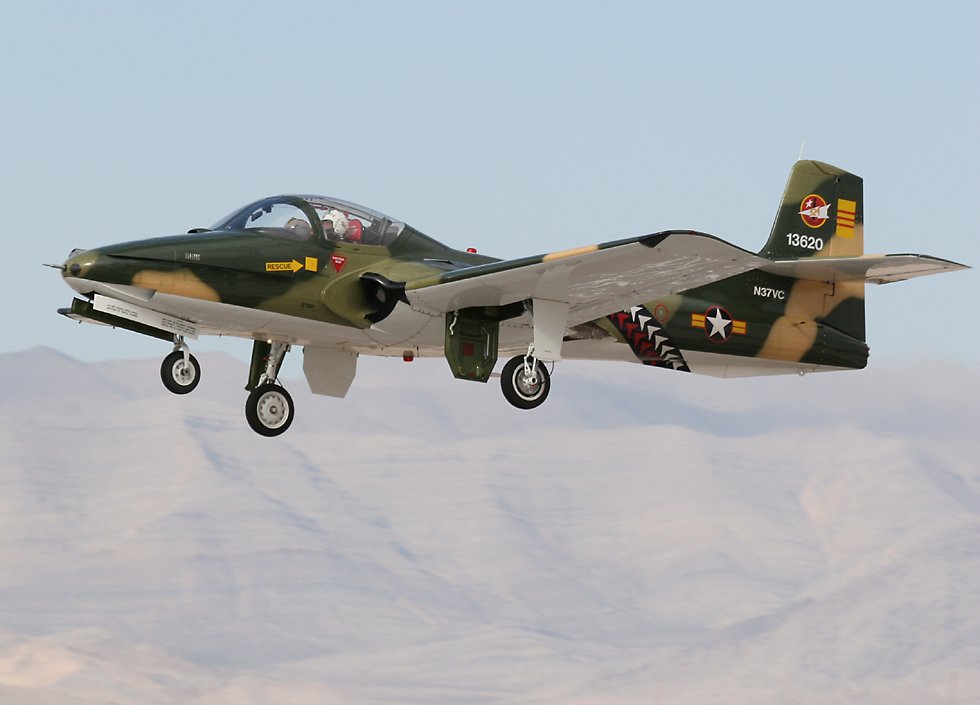
|
|
The Heritage Flight was just about the last display which could be photographed before the sun dipped behind the Spring Mountains west of Las Vegas. |
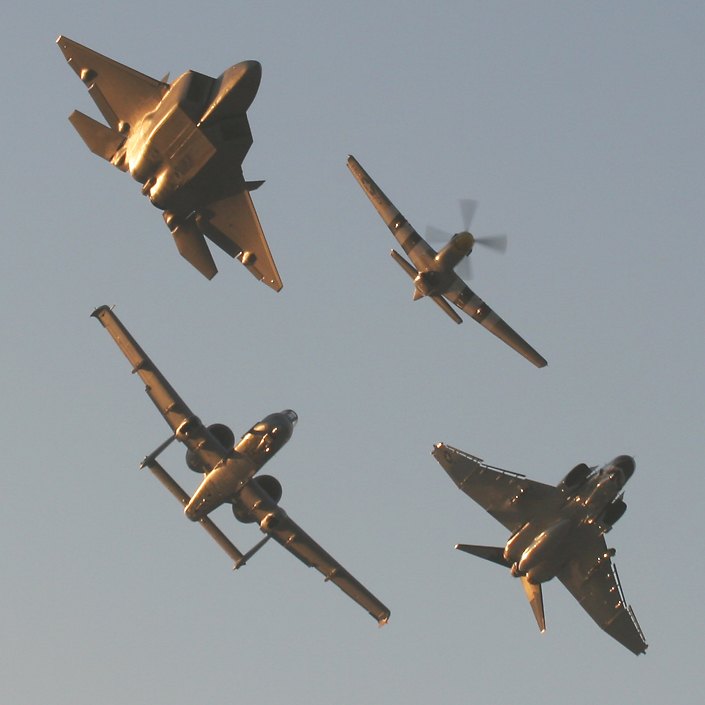 |
